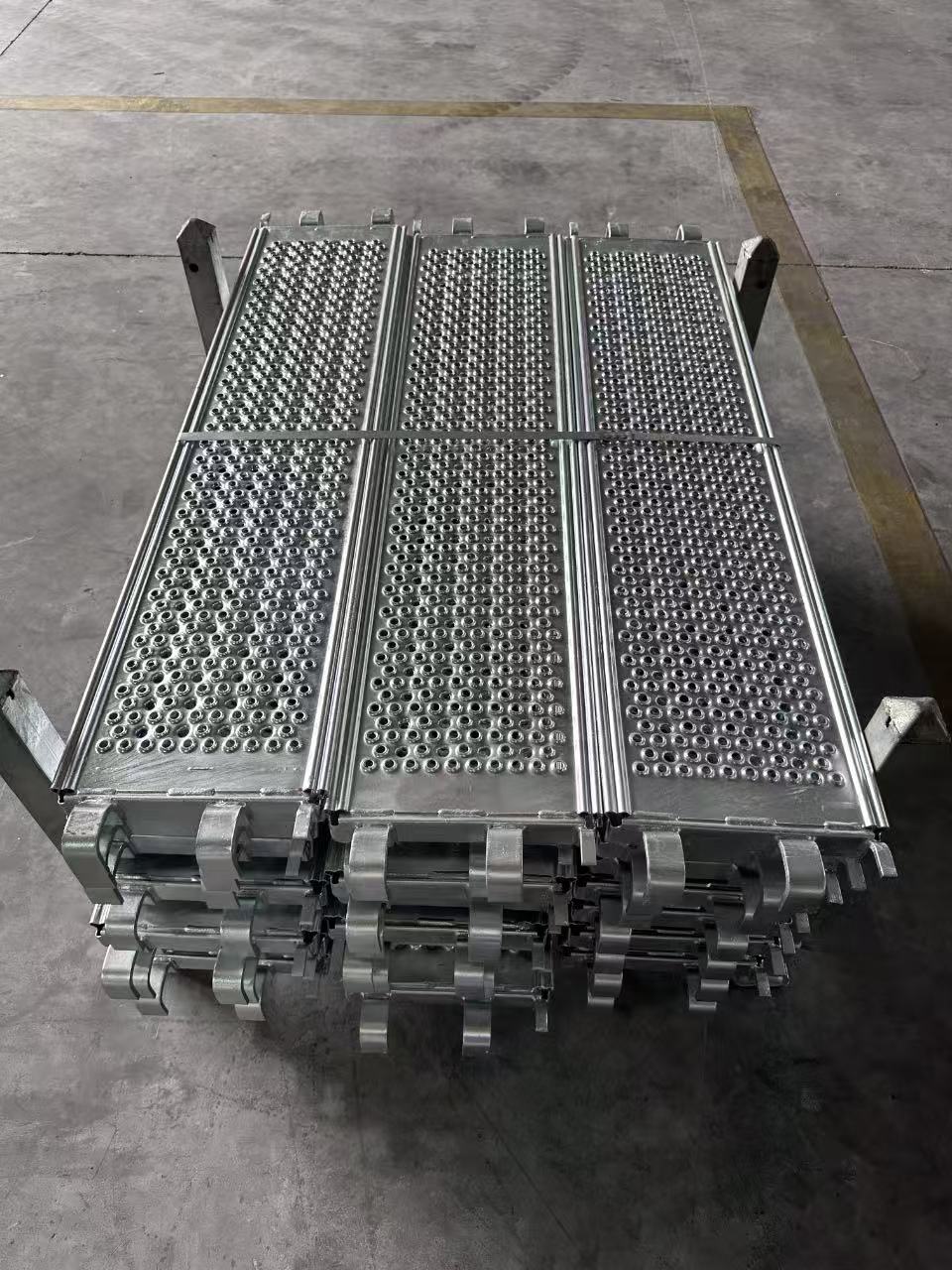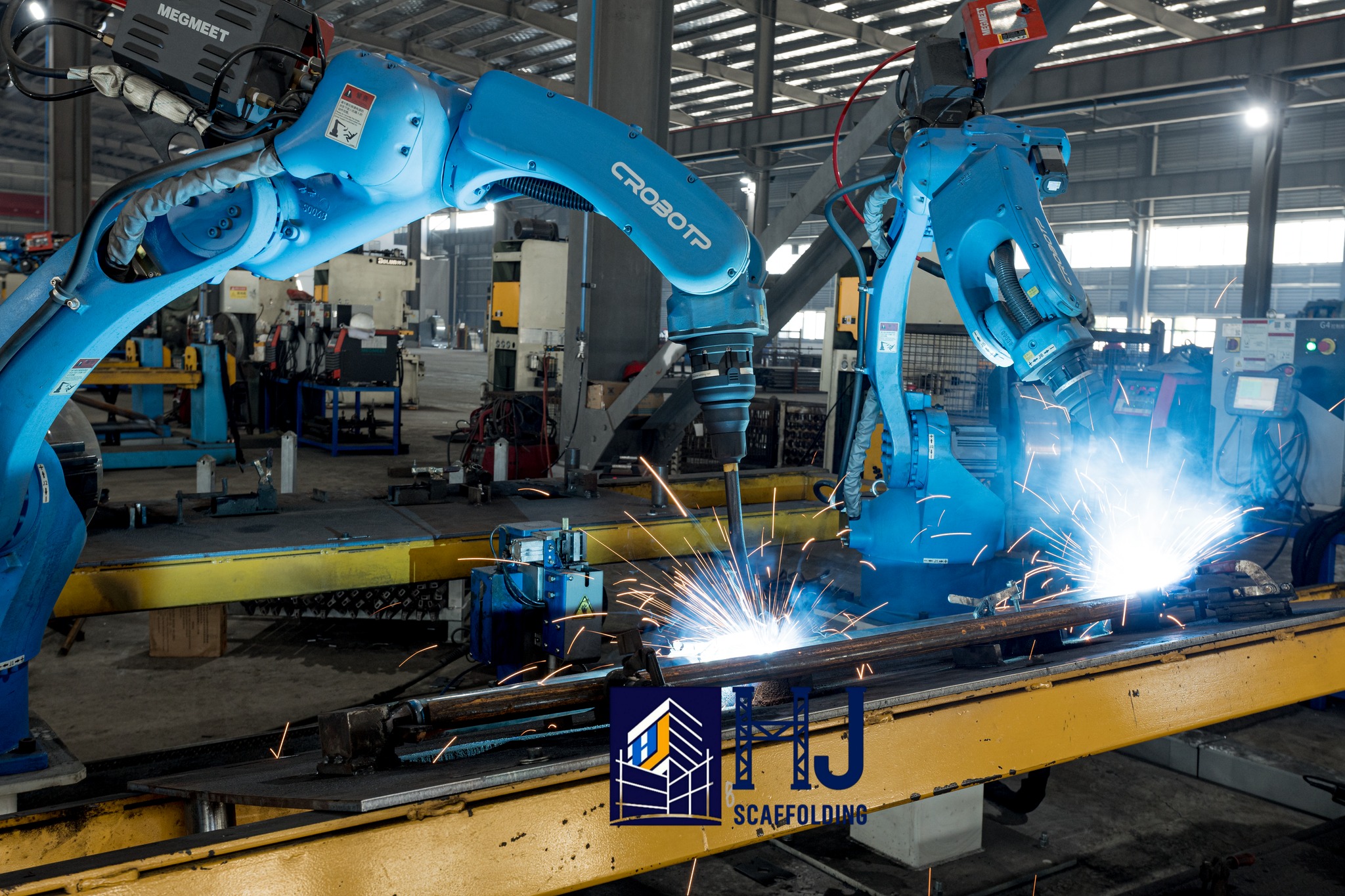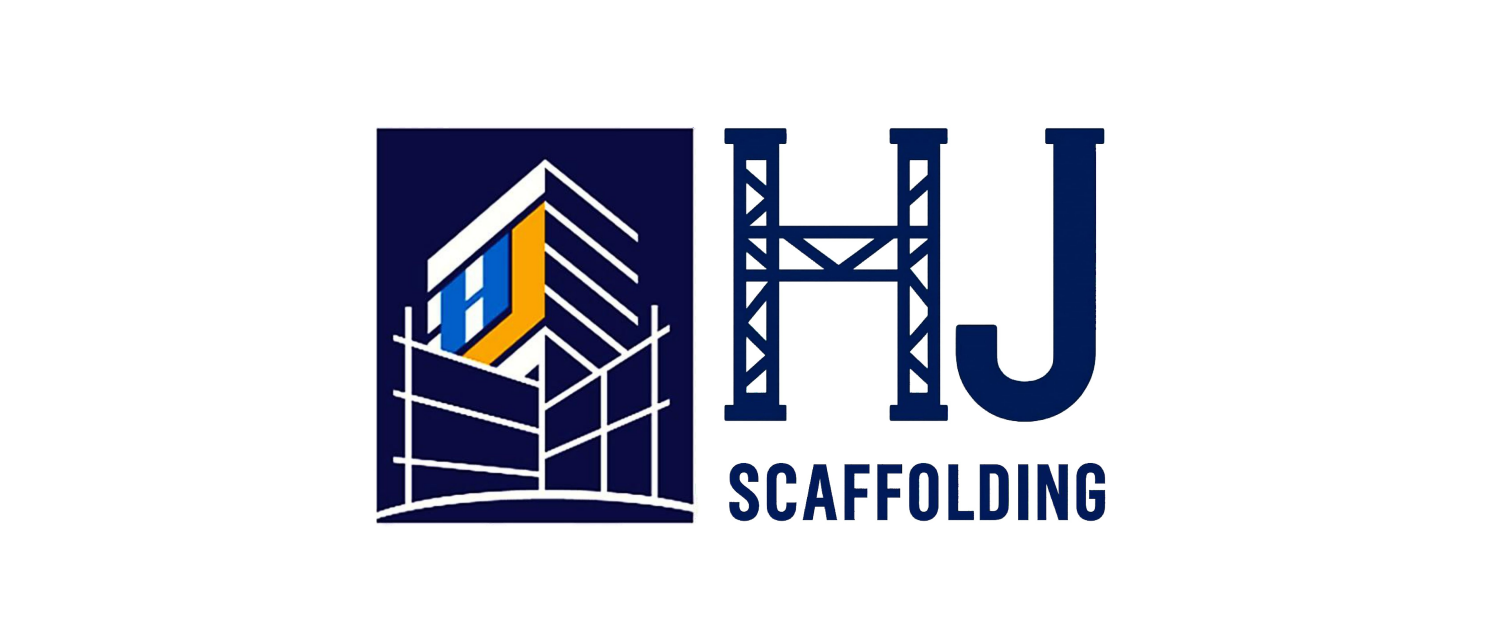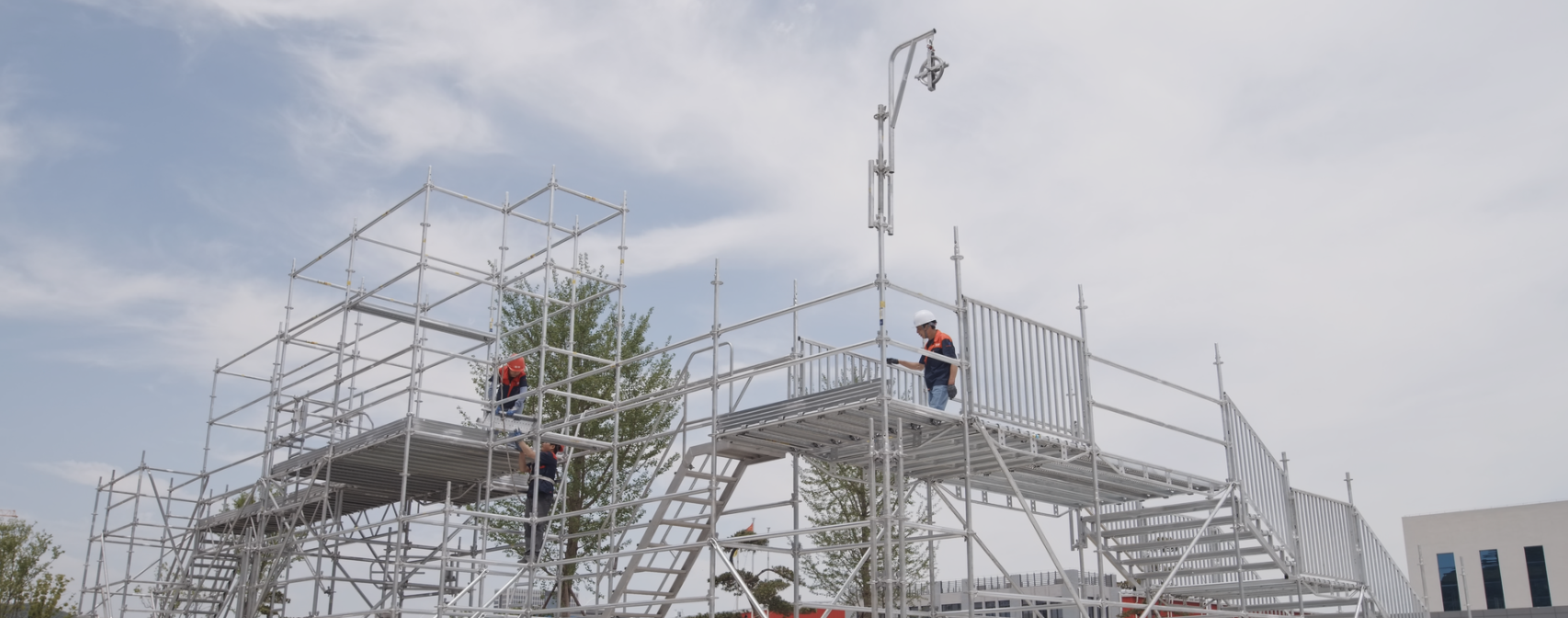
Optimizing Ringlock Scaffolding: Best Practices for Installation, Dismantling, and Storage
Optimizing Ringlock Scaffolding: Best Practices for Installation, Dismantling, and Storage
Ringlock scaffolding systems have become a cornerstone of modern construction thanks to their versatility, strength, and ease of assembly. Whether you're working on a high-rise project or an industrial installation, getting the most out of your Ringlock system requires more than just quality materials — it demands proper handling.
This guide outlines practical, field-tested best practices for installing, dismantling, and storing Ringlock scaffolding, helping contractors and site teams improve safety, efficiency, and the longevity of their equipment.

Installation: Ensuring a Solid Foundation
Foundation Check: Make sure the ground is stable and level before installation. This ensures structural integrity from the start.
Assembly Sequence: Follow a step-by-step assembly method, beginning at the base, to guarantee correct build-up and optimal load distribution.
Load Management: Respect the load capacities of each component to avoid overburdening the system and maintain safety throughout the project.
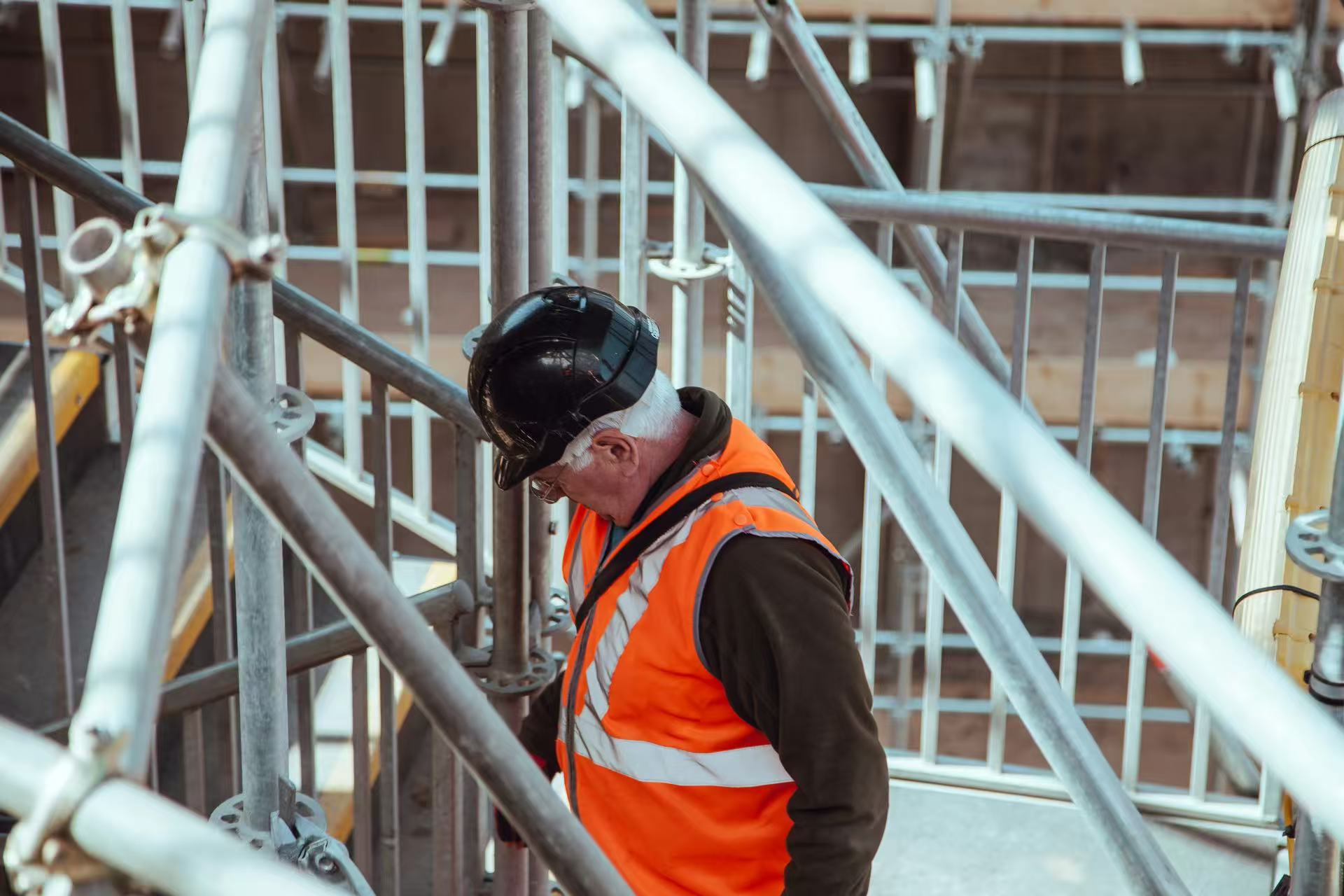
Dismantling: Controlled and Safe
Top-Down Approach: Always dismantle from the top down to prevent excess stress on lower levels.
Secure Handling: Keep pins, brackets, and other parts properly secured during removal to avoid accidents and material loss.
Clear Workspace: Ensure the dismantling area is free of debris and hazards for smoother operations and team safety.
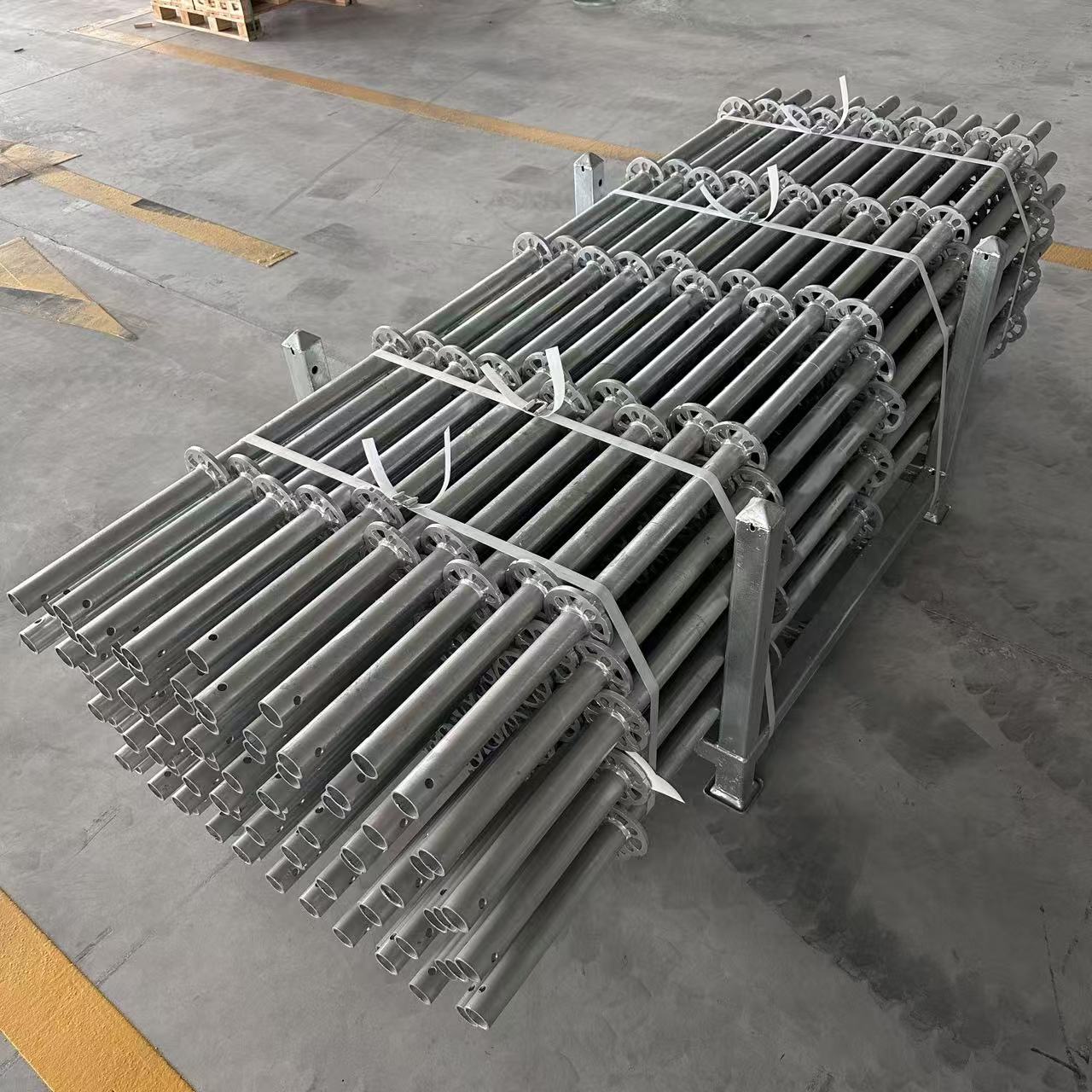
Storage: Keeping Your System Project-Ready
Dry & Ventilated Storage: Prevent corrosion and wear by storing components in a moisture-free, well-ventilated area.
Stacking Practices: Organize and stack components properly to prevent deformation and make future access easier.
Regular Checks: Inspect and maintain inventory regularly to ensure your equipment remains in top condition.
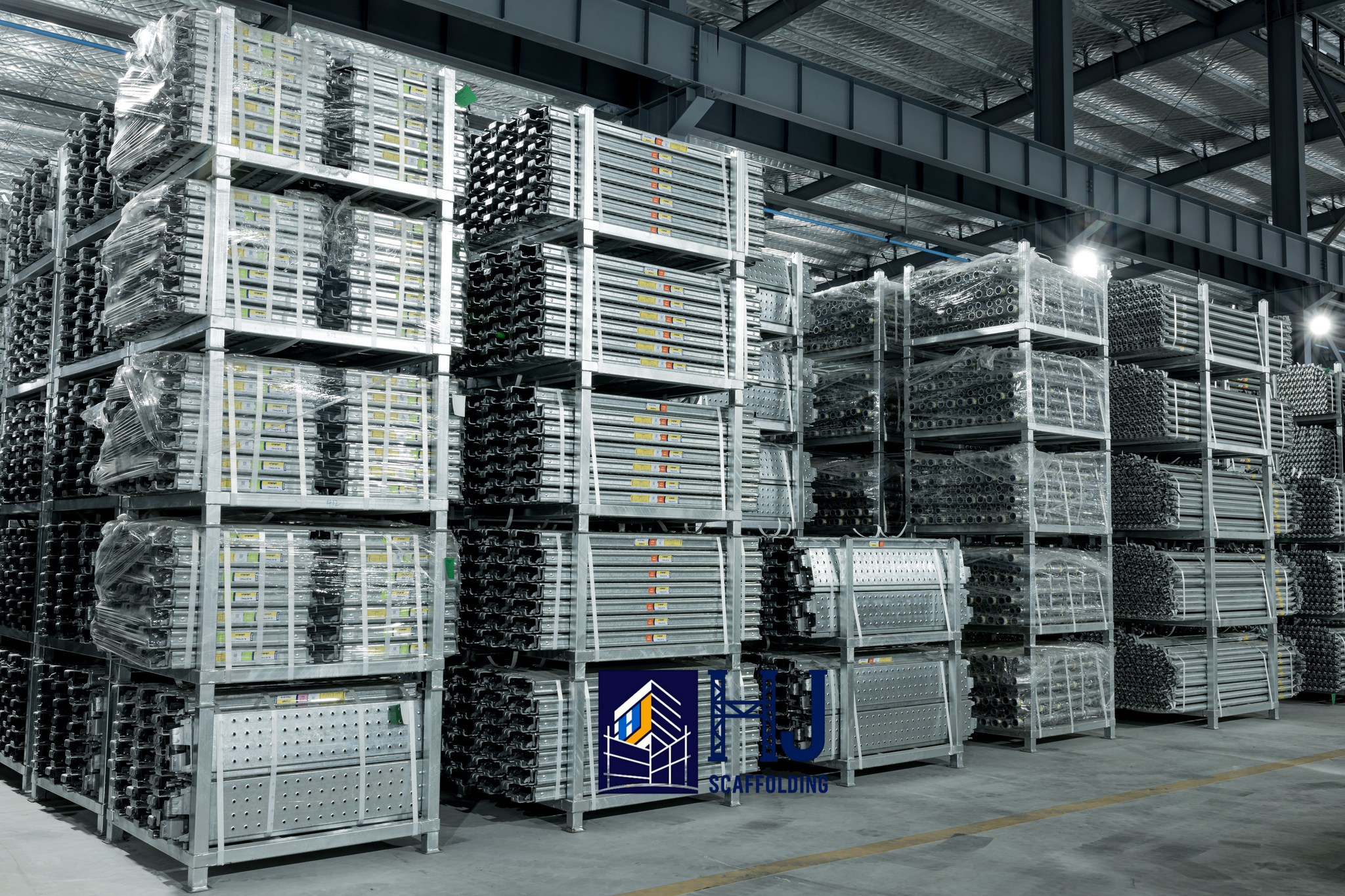
Common Mistakes to Avoid
Avoidable errors can reduce the lifespan of your scaffolding or pose safety risks. These include:
Skipping bracing or foundation checks during installation.
Mishandling or loosely securing parts during dismantling.
Improper storage leads to rust or material fatigue.
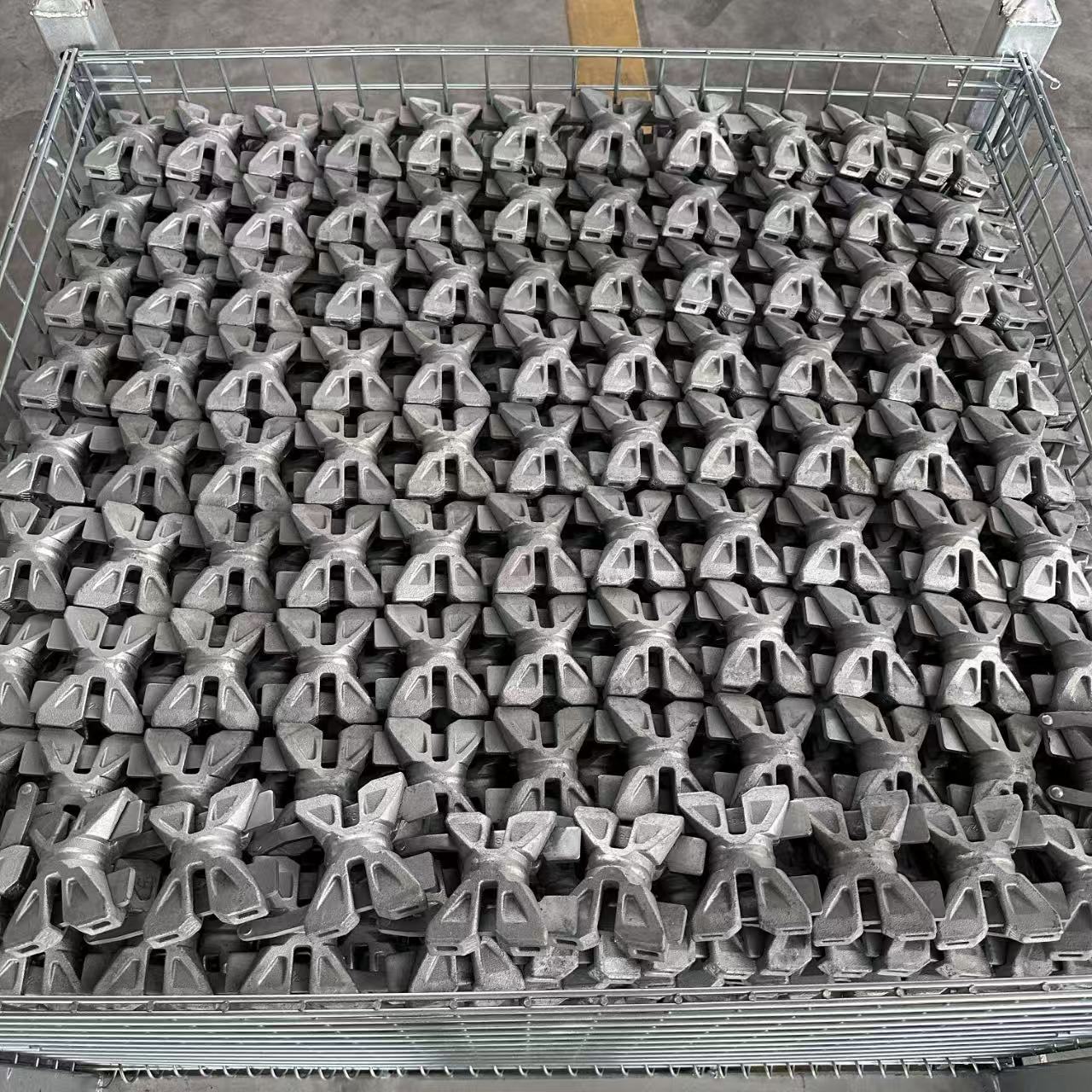
Why Proper Handling Matters
Consistently, following these best practices improves on-site safety, reduces equipment wear, and extends service life — saving costs and boosting ROI for every project.
At HJ-Scaffolding, we support contractors and builders with premium Ringlock systems manufactured under strict quality standards. From installation to storage, our expert team provides ongoing guidance to ensure your scaffold performs at its best.
